The Poly
24 Church St, Falmouth : 01326 319461
The Royal Cornwall Polytechnic Society
What's On Calendar
Have a look at the calendar text here to see what's coming up.
Search results // war
Your returned search results are below.
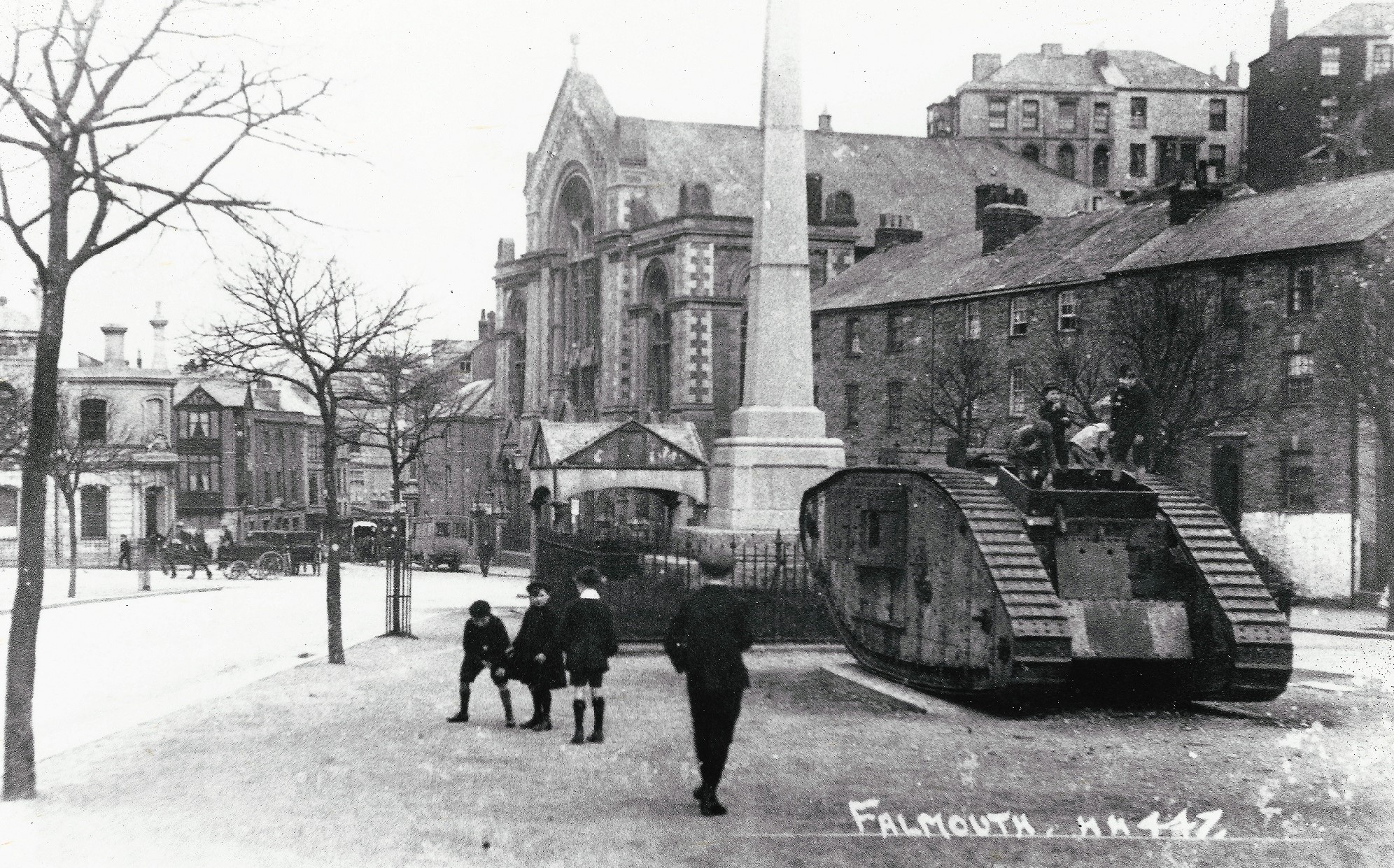
17 - WW1 tank on display
After the war, the town's efforts in buying Government War Bonds and Savings Certificates were rewarded by the presentation of a WW1 tank. It arrived by train in 1919, drove down to the Moor under its own power and stayed until 1927 when it was removed for scrap.
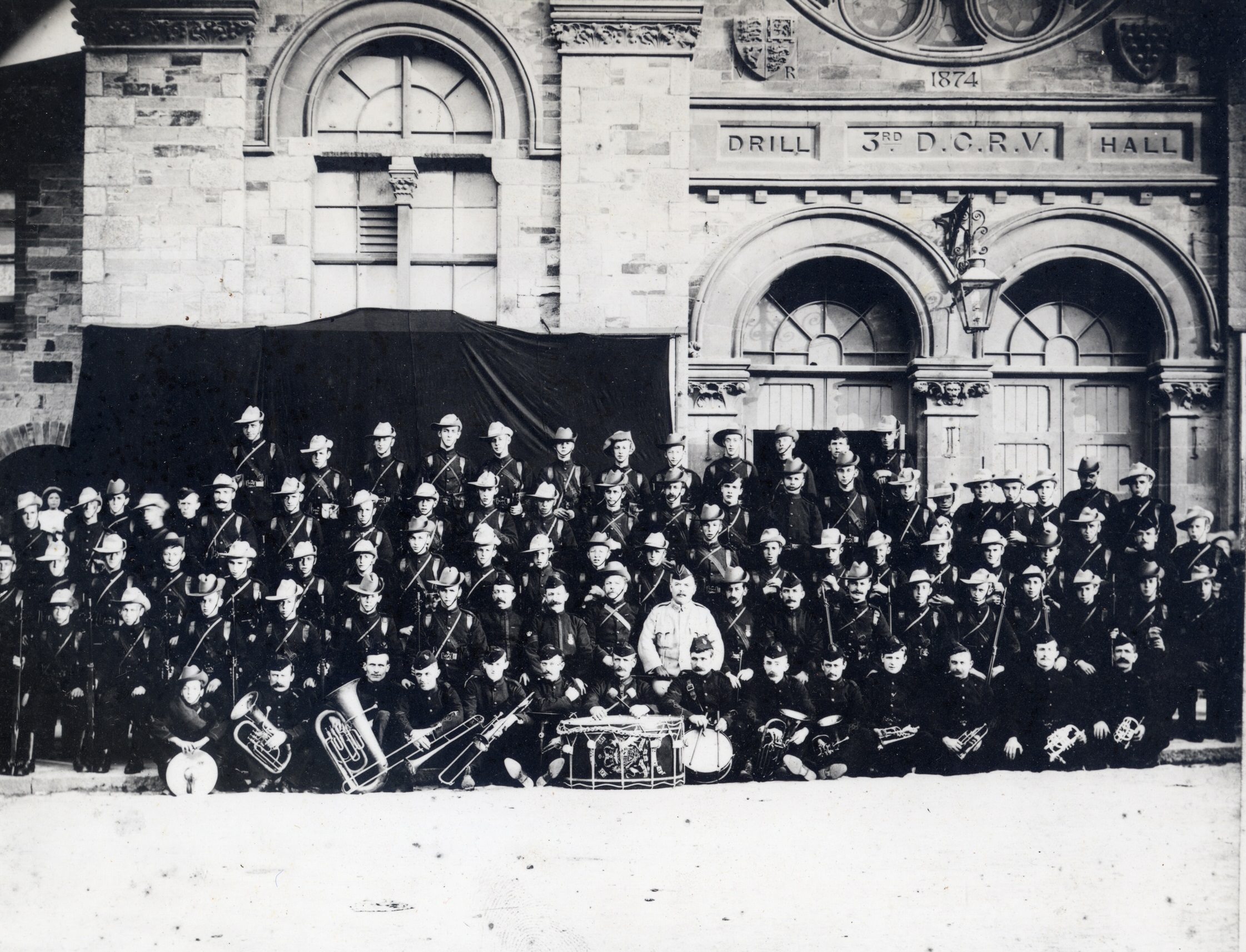
15 - Band outside the Drill Hall
This Drill Hall (now the Phoenix Cinema) was built in 1873 as the training centre for the 3rd Battalion of the Duke of Cornwall’s Rifle Volunteers. It continued to be a training base for the local Territorial Force both before and during WW1.

16 - The Moor from Wellington Terrace
Trevethan School (under the clock tower) was requisitioned in August 1914 for hospital use. A Market was situated next to the Passmore Edwards building. Every Saturday there was a stall collecting donations of produce and cakes for the patients at the Military Hospitals in the town.
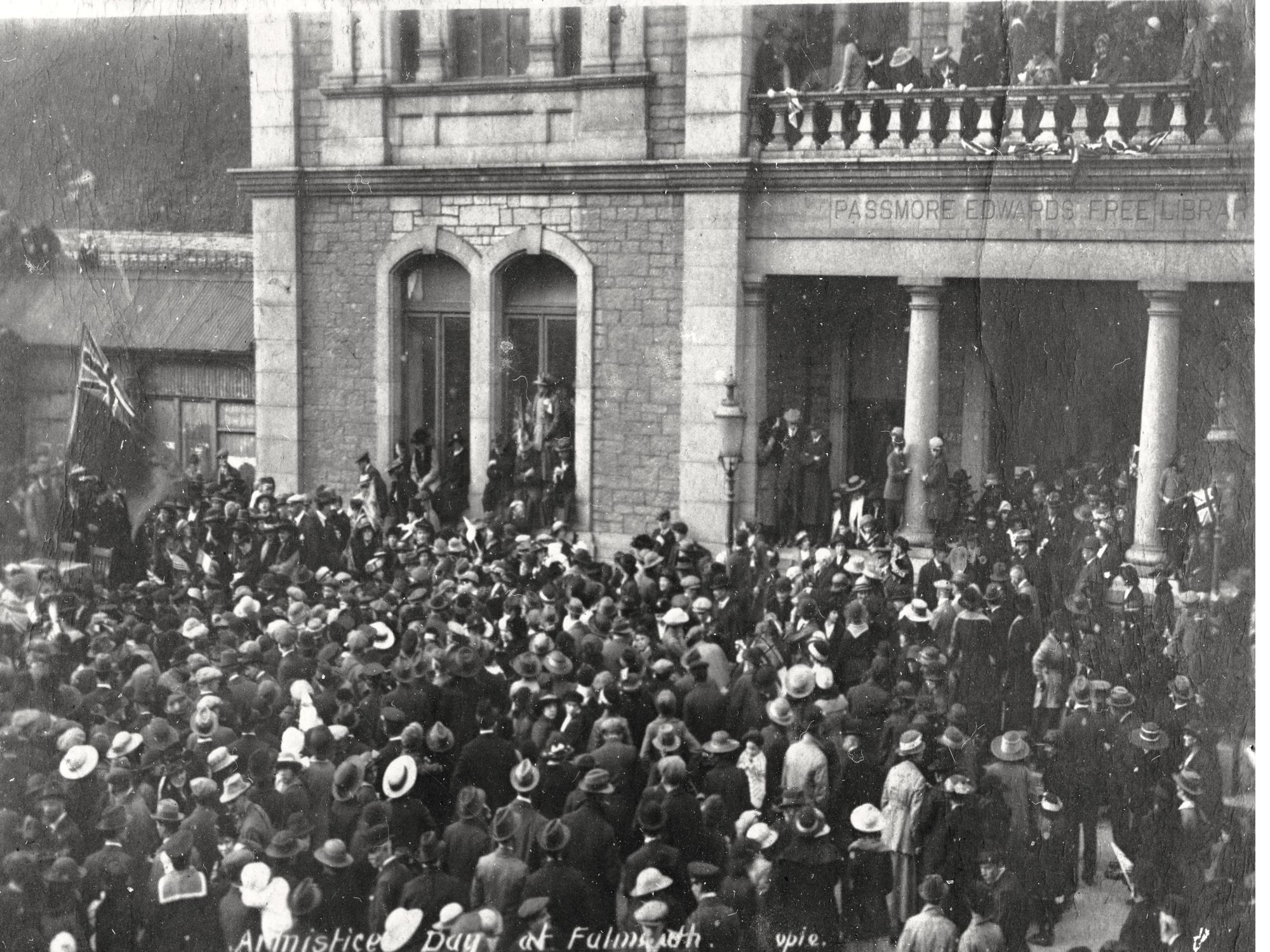
18 - Falmouth Moor on Armistice Day
The reading of the Armistice at 12 noon on 11th November 1918 saw a huge crowd gather as the news spread.
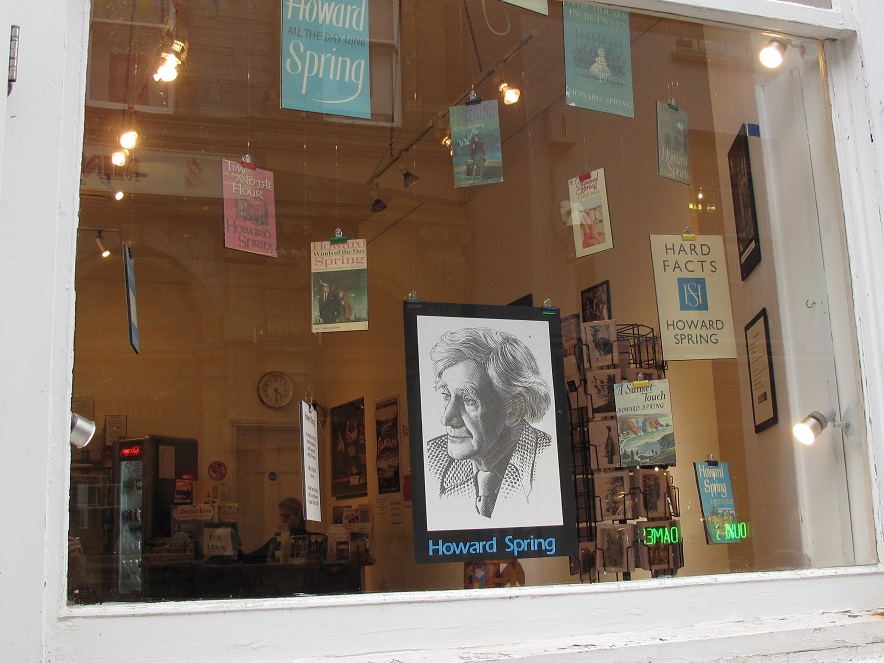
Howard Spring Exhibition 2015
Steele Gallery, The Poly
Presented by The Falmouth History Archive

Howard Spring
Marion Howard Spring wrote in her memoir "Howard":
"When we moved to Falmouth, Howard became very much interested in the doings of the Royal Cornwall Polytechnic Society. It was housed in an old building which became a centre of the arts - drama, opera, ballet, painting, etc., and money was much needed for the upkeep of the place. .....the Polly, as it was always affectionately termed."
Read more here:Howard Spring: The Plays
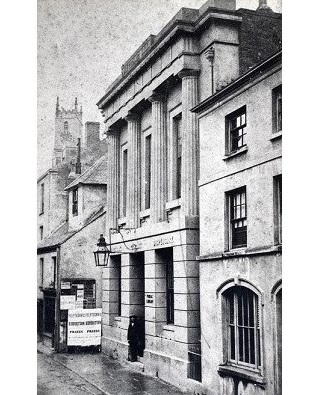
Howard Spring and the Royal Cornwall Polytechnic Society
Howard Spring joined the RCPS shortly after he moved to Cornwall in 1939. During the war, the Society continued to put on lectures, but faced difficulties including the threat of requisition of the premises (in 1939 a detachment of Royal Engineers made use of the Hall for about 8 weeks; potential use by both the British and American Navy was reported in 1943 and 1944).
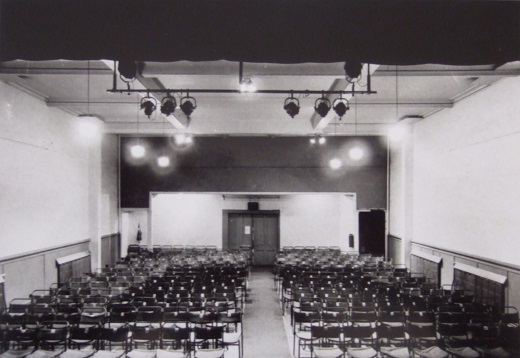
The Poly in the time of Howard Spring
When Howard Spring joined the RCPS in 1940, it was a Society of 217 members. The Church Street building was owned by the Society, but parts of it were sub-let. There was a Library and the Falmouth Museum was housed in the gallery above the Large Hall and in the Chellew Room. A caretaker was employed.
Elsewhere in Falmouth the Society ran a Meteorological Observatory. The focus of the Society as reflected in the Annual Reports of the 1940's was Cornwall wide, not only Falmouth, with lectures, visits, an essay competition, weather reporting, a library and museum.
Read about Howard Spring's involvement with The Poly here.
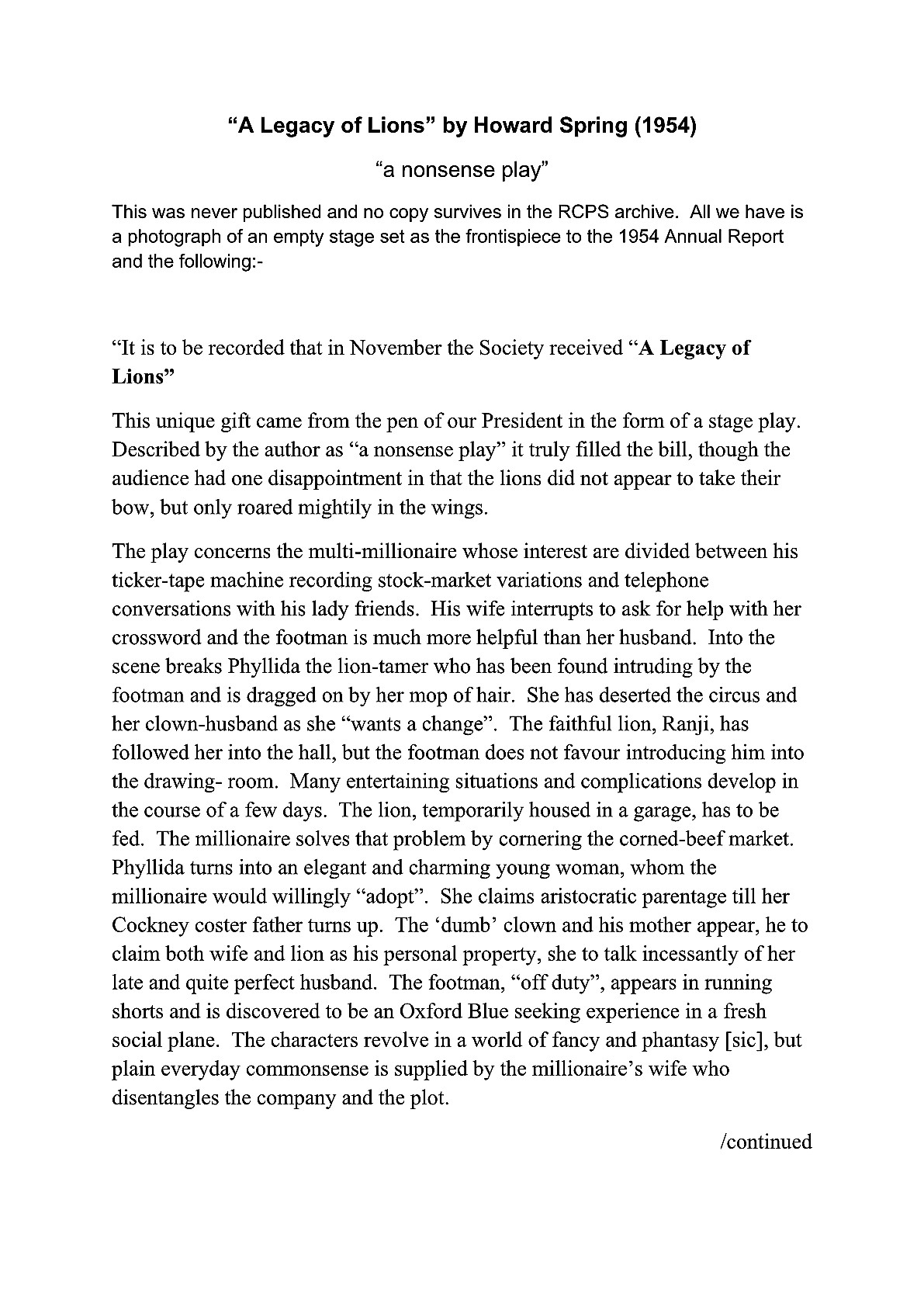
A Legacy of Lions
“It is to be recorded that in November the Society received “A Legacy of Lions”
This unique gift came from the pen of our President in the form of a stage play. Described by the author as “a nonsense play” it truly filled the bill, though the audience had one disappointment in that the lions did not appear to take their bow, but only roared mightily in the wings.
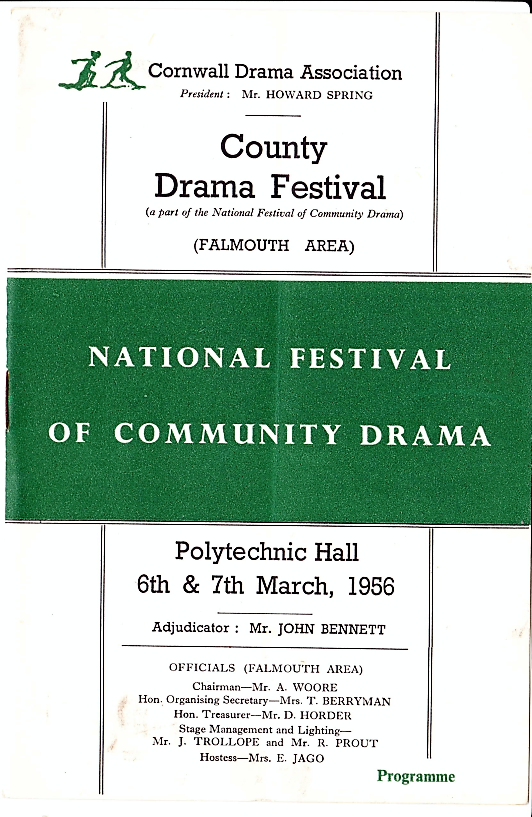
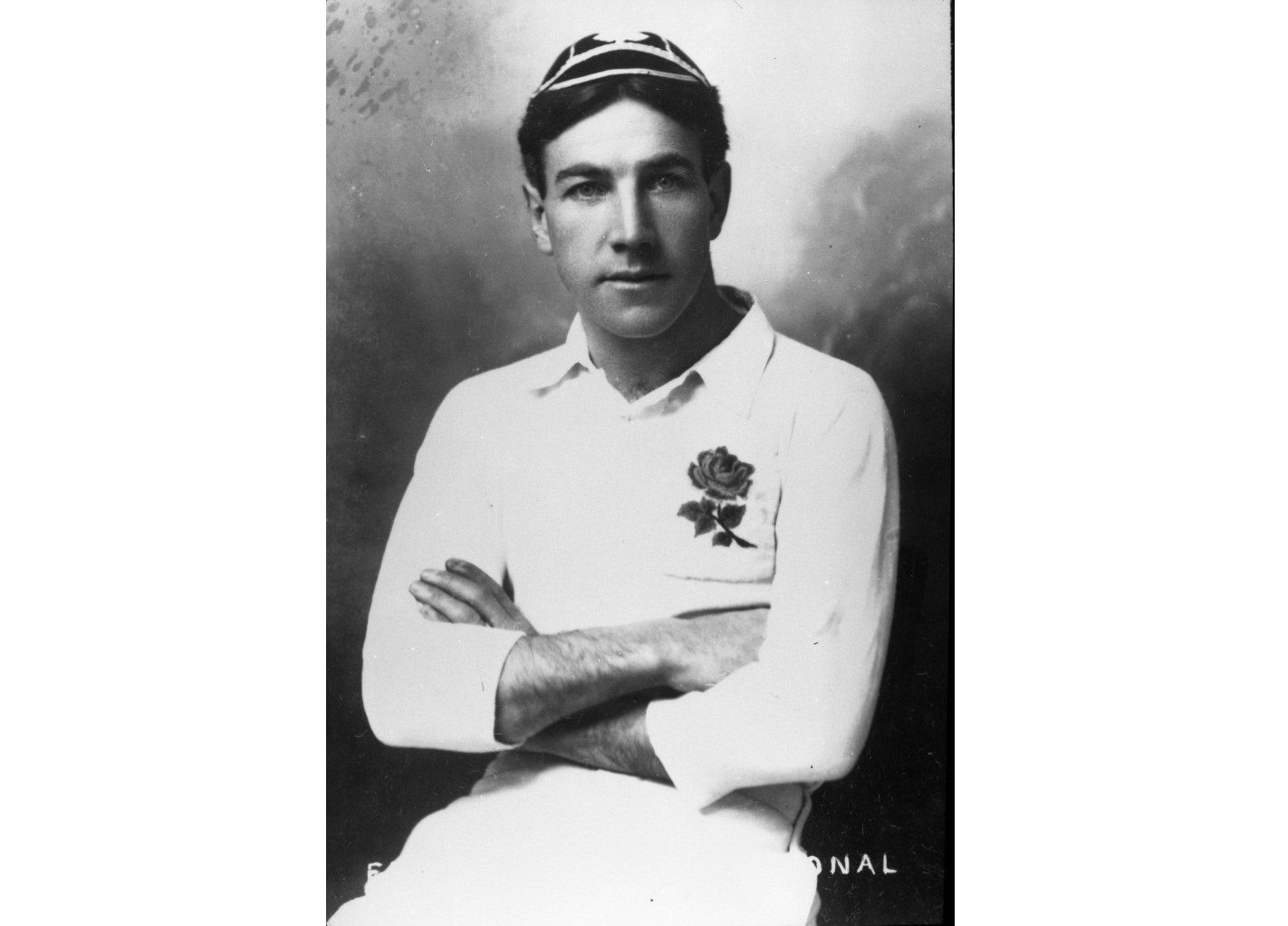
Edward John Jackett
Edward John Jackett (4 July 1878 – 11 November 1935) was born in Falmouth and played rugby for Falmouth RFC.
He represented the England national rugby union team, the British Lions, and competed in the 1908 Summer Olympics for Great Britain.
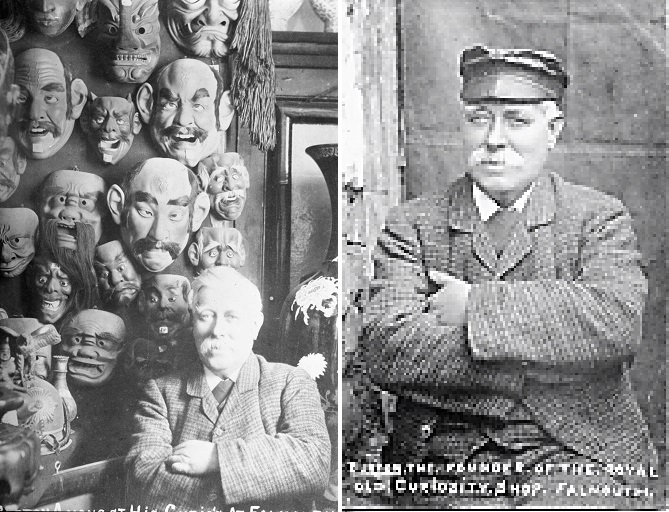
John Burton
John Burton (1839-1907) was born on 10 November at Lostwithiel. At the age of 22 he left home and came to Falmouth where he founded the world-famous Old Curiosity Shop at 27 Market Street (now Boots opticians and hearingcare). H.R.H. the Prince of Wales (later King Edward VII) made some purchases by commission, being unable to ‘call upon him’, during his visit to Falmouth in 1887. Always the entrepreneur, he offered £500 for Smeaton’s Lighthouse when it was replaced by the new Eddystone Lighthouse. His bid was unsuccessful, and the lighthouse was given to Plymouth on the condition that the town paid the cost of removing it and re-erecting it on the Hoe, where it stands to this day.
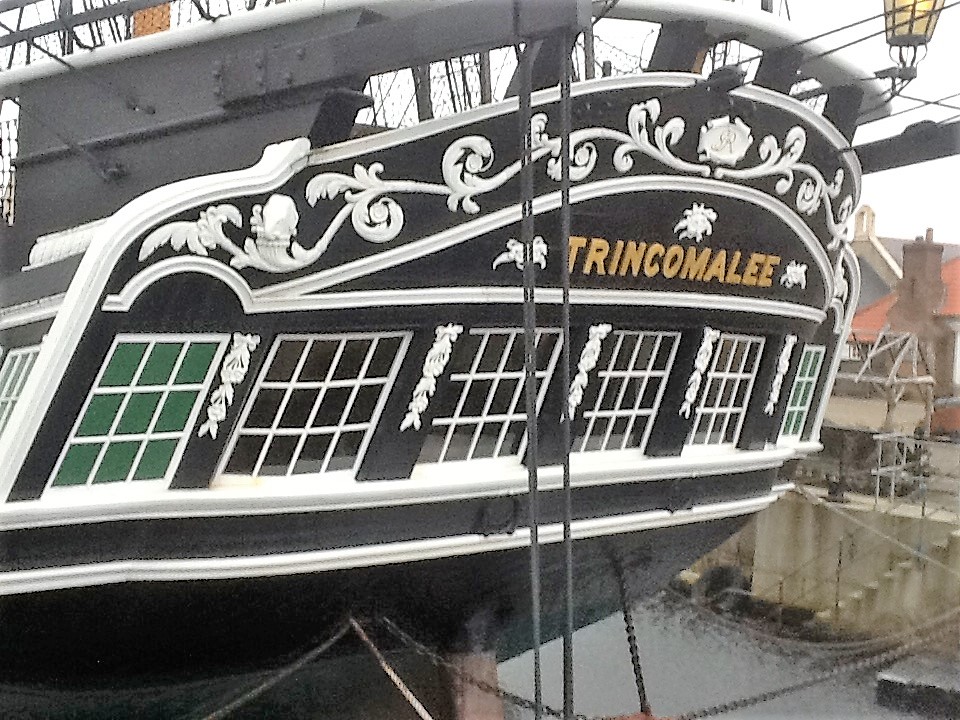
Trincomalee
Trincomalee is the oldest British warship afloat today, and the second oldest in the world after the USS Constitution in Boston, USA
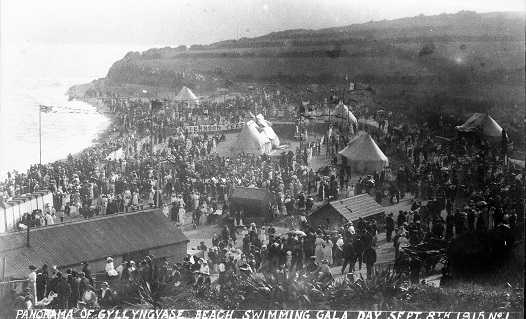
2 - Gyllyngvase Beach Swimming Gala - 8 September 1915
The gala raised money for the ‘War Hospitals Supply Department’. A grandstand and tents were erected on the beach, and races were held from a raft moored off shore.
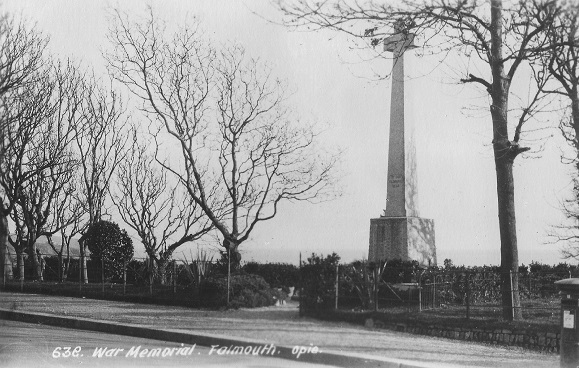
6 - War Memorial (former site)
Erected in 1920, the War Memorial was removed to its present location in Kimberley Park in 1975, as veterans
found it too exposed to attend seafront services.
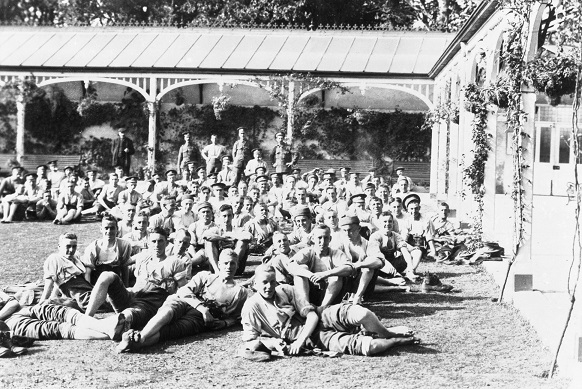
7 - Soldiers relaxing in Gyllyngdune Gardens, 1914 - 1918
The Gardens
were opened in 1907 and the Pavilion built in 1910, for the enjoyment of both
visitors and residents of Falmouth.
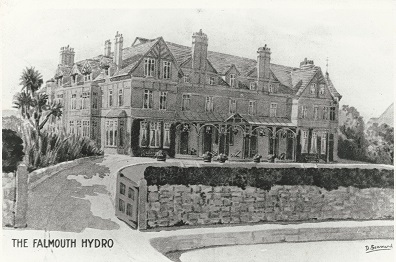
8 - Royal Duchy Hotel, formerly the Pendennis Hotel
Originally named the Pendennis Hotel when built in 1893. In 1915 it was taken over by the
War Department for use as a military hospital. Many of the staff were from Red Cross Voluntary Aid Detachments. After the War it became the Falmouth Hydro.
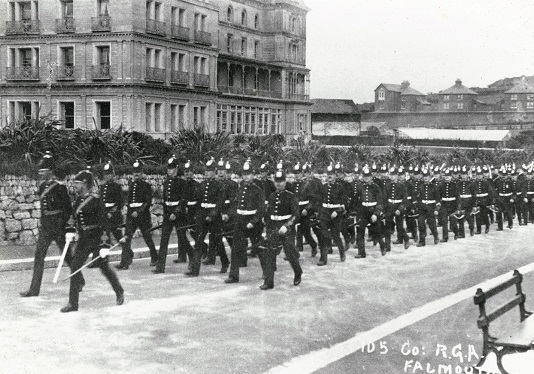
9 - 105 Company Royal Garrison Artillery marching by the Falmouth Hotel
105 Company
Royal Garrison Artillery marching along the seafront. Rear Admiral Sir John S.
Luard who headed the Naval Base at Falmouth stayed at the hotel until the end
of the War.

Wesleyan Church, The Moor
Left: ca 1914; Right: ca 1950s after reconstruction following World War 2 bomb damage
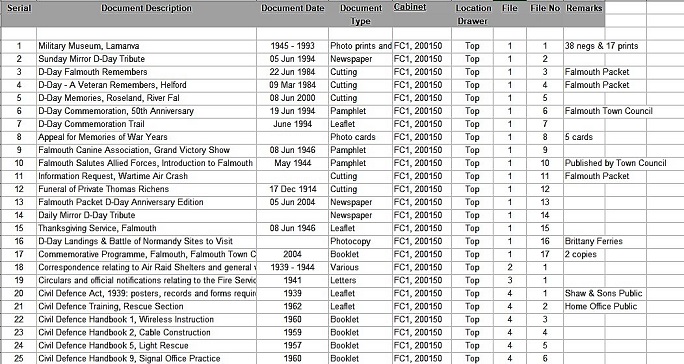
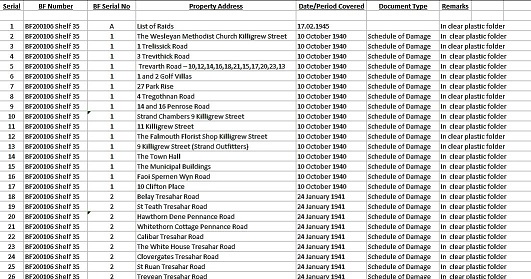
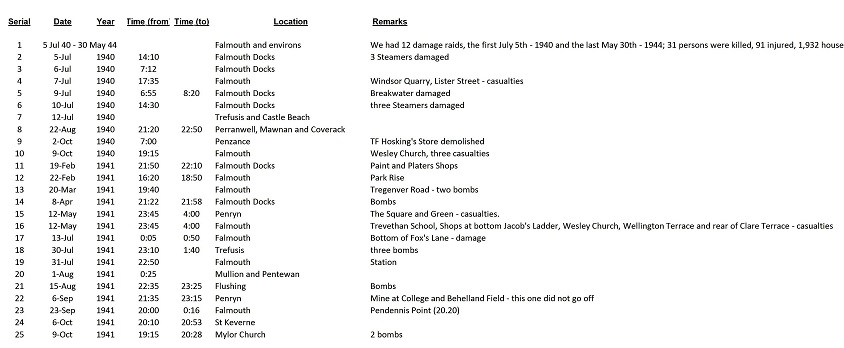

 Calendar
Calendar